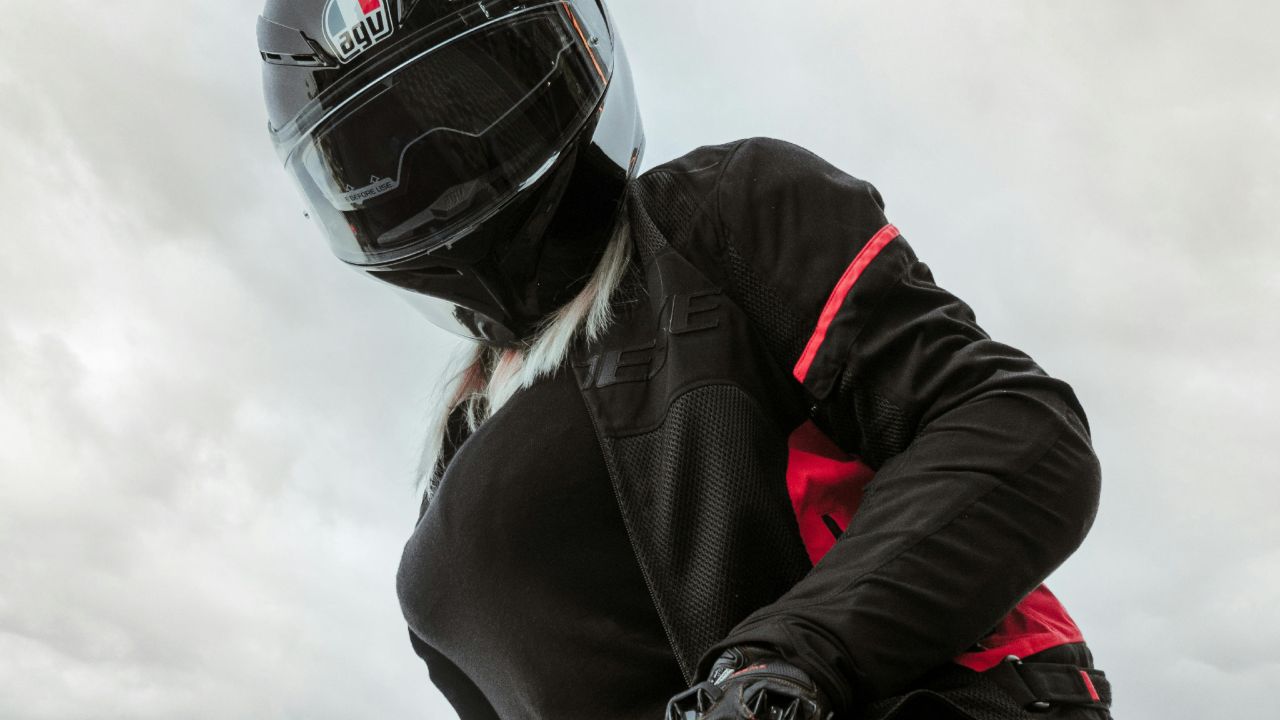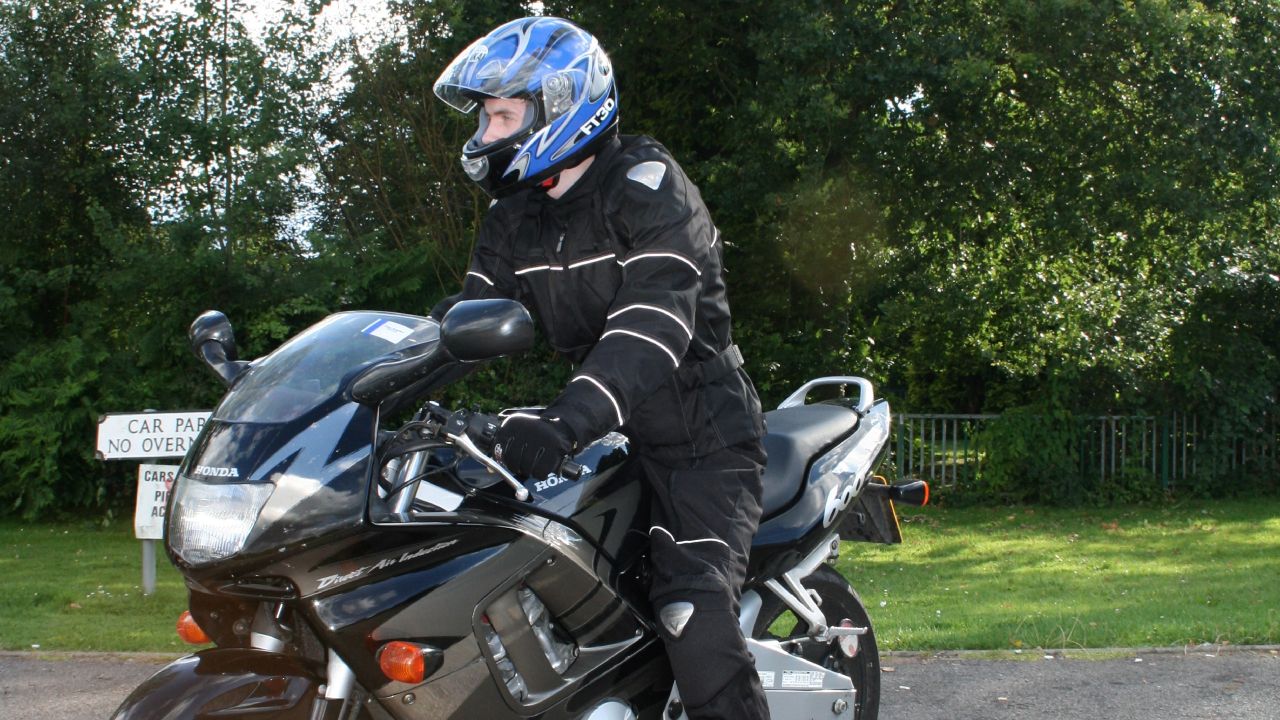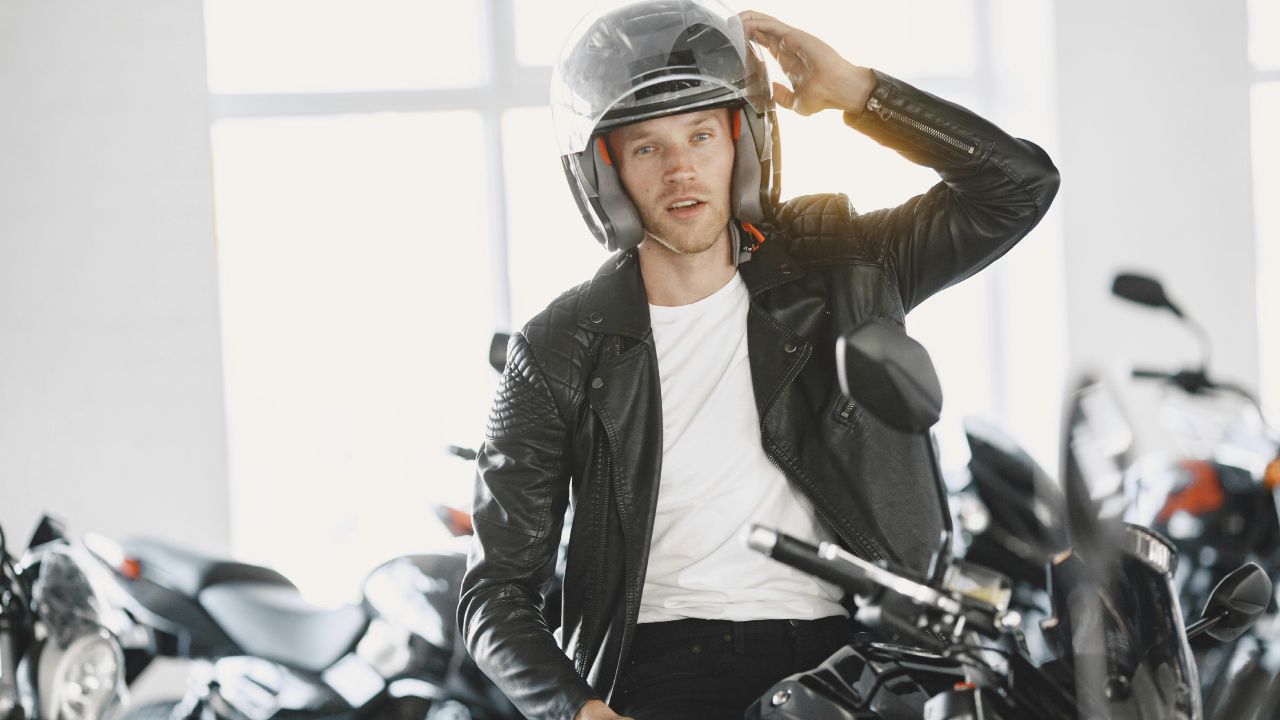
Is Protective Clothing a Must? Essential Safety Gear Explained
Few other modes of transportation can compare to the sense of independence and excitement that comes with riding a motorbike. However, there are serious risks associated with the excitement of riding, particularly considering how vulnerable motorcycle riders are on the road. Wearing the appropriate protective gear is one of the best strategies to reduce these hazards. Protective gear can save lives, avoid serious injuries, and improve your overall riding experience, regardless of cultural conventions and legal requirements.
We'll go into great detail on the need for protective gear, examine the various kinds of gear, talk about global legal requirements, and offer advice on how to select the best gear in this blog.
Why Is Wearing Protective Clothes Important?
By definition, motorcycles do not have the same structural safety measures as vehicles, such as airbags, seatbelts, or reinforced cabins. Because of this, riders are far more likely to sustain injuries in collisions. Your first line of defense is safety apparel, which offers several advantages:
- Defence Against Abrasion and Impact
Your body is in direct contact with the road in the case of a fall or collision. In the absence of protective gear, this may lead to:
Road Rash: Serious skin abrasions from sliding on asphalt that may necessitate skin grafts.
Wounds and Fractures: Impacts frequently result in soft tissue damage or shattered bones. Most of the impact energy is absorbed by protective clothing, such as armored jackets and pants.
2. Reducing Hazards Associated with Weather
Motorcyclists are subject to a wide range of weather conditions, including intense winds, cold temperatures, heavy rain, and scorching sun. Wearing protective apparel protects you from the following elements:
Rain Gear: Wearing rain gear helps you stay dry and avoid hypothermia brought on by chilly, damp weather.
Thermal Layers: Thermal layers are crucial for winter riding because they reduce the risk of frostbite and enhance focus in cold weather.
UV Protection: During lengthy rides, wearing light-colored or UV-resistant clothes helps prevent sunburn.
3. Increased Exposure
Many motorbike accidents happen as a result of other drivers not seeing the rider. Wearing reflective or high-visibility clothing makes you visible in all types of illumination, which lowers the chance of collisions.
4. Better Control and Comfort
With ergonomic designs, breathable materials, and customizable fits, modern protective apparel is made to be comfortable. A comfortable rider is more attentive, less tired, and has better control over their motorcycle.
Regulations Concerning Motorcycle Equipment
Each country has a different legal requirement regarding the wearing of protective clothes. Some areas depend on riders to make their own safety decisions, while others have detailed legislation.
1. Mandatory Helmet laws
Everyone agrees that the most important piece of protective equipment is a helmet.
Global Standards: Strict helmet laws are enforced in nations including the US, UK, Australia, and India. Seek out helmets that have been approved by organizations such as Snell, the Economic Commission for Europe, or the Department of Transportation.
Consequences of Non-Compliance: In areas where helmet use is required, riding without one can result in severe fines, license suspension, or, in extreme situations, jail time.
2. Needs Particular to a Region
Europe: In addition to helmets, many European nations require gloves, safety jackets, and suitable footwear.
Asia: Other protective equipment is rarely required; however, helmet laws are prevalent.
United States: State-specific helmet regulations differ, and additional safety gear is often advised but not required.
3. There Is Still Risk Even When There Is No Legal Obligation
It's simple to undervalue the significance of protective equipment in nations without extensive gear rules. Nonetheless, data constantly indicates that riders who lack the appropriate equipment are more likely to suffer injuries that could change their lives.
Comprehensive Guide to Motorcycle Protective Gear
Motorcycle gear has evolved significantly over the years, with advanced technologies making it safer, more comfortable, and even stylish. Here’s a breakdown of essential protective clothing:
1. Helmets
The most vital piece of protective equipment, helmets protect your head, brain, and face.
Full-Face Helmets: Offer maximum protection, including the chin and jaw.
Modular Helmets: Allow the chin bar to flip up for convenience.
Open-Face Helmets: Cover the top and back of the head but leave the face exposed.
Half Helmets: Provide minimal protection and are not recommended for high-speed riding.
Features to Look For:
EPS foam for impact absorption.
Anti-fog visors for clear vision in varying weather conditions.
Ventilation to prevent overheating.
2. Jackets and Pants
Wearing protective apparel for your legs and torso is crucial to avoiding impact injuries, abrasions, and discomfort from the elements.
Materials: Leather: less breathable yet very durable and resistant to abrasion.
Textiles: breathable, lightweight, and frequently waterproof (e.g., Cordura).
Kevlar: In high-impact zones, reinforced portions offer outstanding protection.
Important features include CE-rated knee, elbow, and shoulder armor inserts.
Comfort-enhancing ventilation zippers and adjustable fits.
3. Gloves
Your hands are frequently the first to strike the ground in a collision; therefore, gloves protect them.
Racing Gloves: Types include full-coverage racing gloves with wrist straps and knuckle protection.
Touring Gloves: Insulated and waterproof, touring gloves are ideal for long-distance riding.
Summer Gloves: Breathable and lightweight for cycling in warm weather.
Consequences of Riding Without Protective Gear
Riding without proper gear significantly increases the likelihood of severe injuries. Here are some risks:
Severe Road Rash: Skin damage can lead to infections, long-term scarring, and limited mobility.
Broken Bones: Without reinforced clothing, joints and bones are highly vulnerable.
Permanent Disabilities: Spine or head injuries can cause irreversible damage.
Higher Medical Costs: Lack of protection often translates to longer hospital stays and expensive treatments.
Legal Fines: Riding without mandatory gear can lead to penalties in regulated regions.
How to Pick the Appropriate Safety Equipment
Purchasing high-quality safety equipment can be intimidating, but it's a must for any rider. Here are some helpful hints:
Determine Your Riding Style: Long-distance riders require waterproof and long-lasting equipment, whereas commuters may favor lightweight and breathable solutions.
Verify the safety ratings: Seek out abrasion-resistant materials, certified helmets, and armor with a CE rating.
Think About Weather: To adjust to various conditions, select adaptable equipment with detachable liners or ventilation options.
Fit and Comfort: During lengthy rides, properly fitted equipment guarantees mobility and lessens tiredness.
Spend Less: Premium equipment may appear pricey, but it's a long-term investment in your health and safety.
In conclusion
Although it's not necessarily required by law, protective gear is an essential component of motorcycle safety. Every piece of equipment, from boots to helmets, helps make you visible, comfortable, and safe when driving. The goal of motorcycling is to enjoy the ride, and wearing the right protection gear guarantees that you'll be ready for anything that may come up. So, put on your clothes and bike sensibly, and put safety first. After all, being safe is the best way to enjoy the wide road!






Leave a comment
This site is protected by hCaptcha and the hCaptcha Privacy Policy and Terms of Service apply.